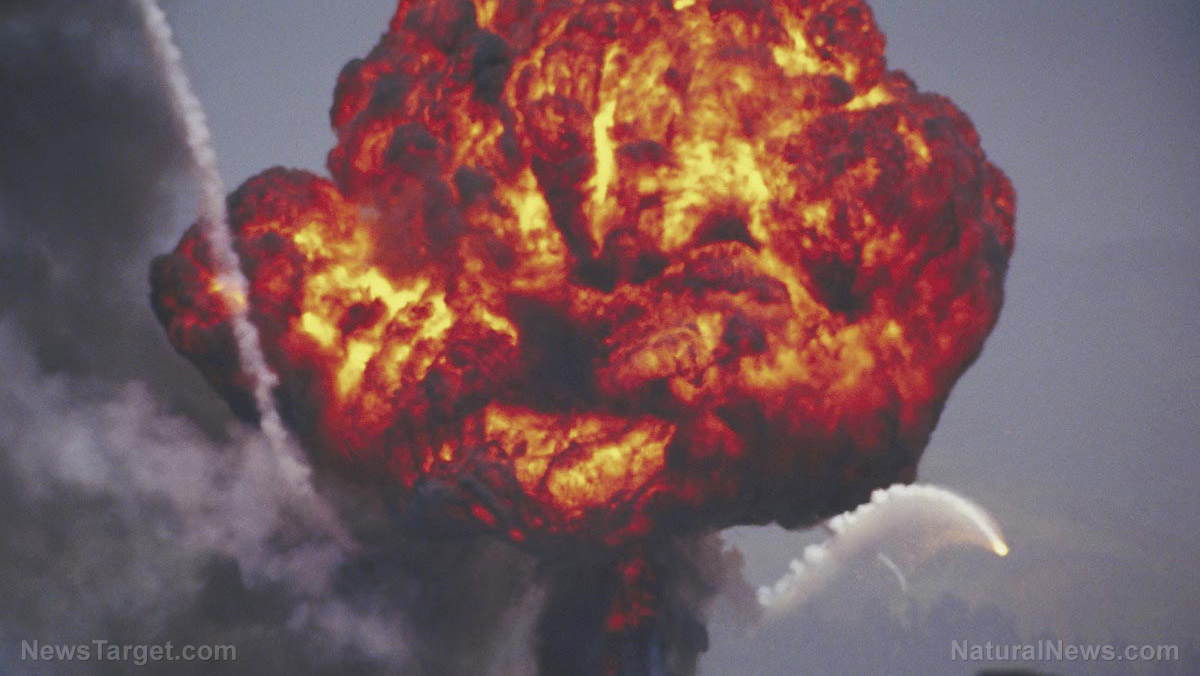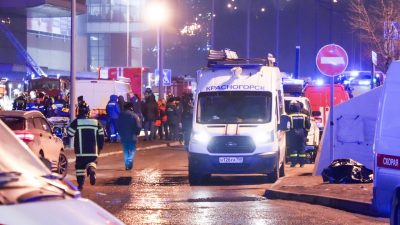THE EXPLOSION IN BEIRUT
by Joseph P. Farrell, Giza Death Star:
 First off, let’s start with the obvious: I’m not a scientist, nor an explosives expert, nor anything even approximately close to the two. So take what follows with a grain of salt. In fact, probably a whole bag of salt. With that said, as one might expect, my inbox has been stuffed in the last two days with emails, videos, tweets, and so on, of that very large explosion in Beirut, Lebanon, that leveled a district of the city, sadly killed several people, and left many others -hundreds of thousands according to some reports (See https://www.zerohedge.com/health/300000-left-homeless-beirut-after-blast-collapsed-walls-1-mile-away), with devastated homes.
First off, let’s start with the obvious: I’m not a scientist, nor an explosives expert, nor anything even approximately close to the two. So take what follows with a grain of salt. In fact, probably a whole bag of salt. With that said, as one might expect, my inbox has been stuffed in the last two days with emails, videos, tweets, and so on, of that very large explosion in Beirut, Lebanon, that leveled a district of the city, sadly killed several people, and left many others -hundreds of thousands according to some reports (See https://www.zerohedge.com/health/300000-left-homeless-beirut-after-blast-collapsed-walls-1-mile-away), with devastated homes.
However, judging from the email I received the last two days, I think it safe to say that no one thinks that the explosion in Beirut was entirely “natural.” Everyone, myself included, found it too “unusual,” for whatever reason, and offered their own speculations, and asked me for mine. I have to admit that I’ve watched several videos, and while my first thought after seeing the earliest videos was “some kind of fuel air bomb,” I spent much of yesterday afternoon watching other videos from different perspectives, and I am now not so inclined to take that view, though I still hold it out as a possibility. We’ll get back to that. As of now, there are are two main theories:
(1) The media is now reporting that the explosion was due to massive amounts of stored ammonia nitrate, as per this article from Zero Hedge which states that the amount was some 2750 tons, and that it was stored there for six years, implying that the explosion may have been an accident, or possibly, sabotage:
Trump Calls Beirut Explosion “A Terrible Attack – A Bomb Of Some Kind” After Briefed By Generals
That same article, however, indicates that
(2) U.S. President Trump was briefed by the military, and their conclusion was that it was some sort of bomb.
So we’re left with where we began: accident, or deliberate act. The question is, if the latter, what kind?
For new readers of this website, it’s important to recall our basic methodology here. We do “high octane speculation” here, that is, we assume that there may be and probably is a perfectly reasonable mundane explanation for most things. Yet, in cases such as this, where things appear to be “off” in some form or fashion, we are not afraid to speculate. Here, our speculation concerns the modality of the possibility of deliberate action. If we assume for the sake of that speculation, for example, that 2750 tons of ammonia nitrate were stored at the portside warehouse in Beirut, then such a large explosion would make some sense, particularly if some modality could be found to detonate it simultaneously.
As I said, my first thought, when viewing some of the initial videos, was that the explosion was due to some sort of fuel air bomb. There appeared to be an initial smaller detonation, followed by a much larger one with a rapidly moving shock wave, which was quite visible as a bloom of water vapor appeared to have been raised by the explosion, which rose quickly, and then revealed a smaller mushroom cloud raising in the air. That basic signature – two detonations, plus a rapidly moving shock wave – is characteristic of a fuel air bomb.
But other videos showed clearly that there were small fires inside the facility allegedly storing the ammonia nitrate, then, a sudden explosion, following by the bloom of water, the rising mushroom cloud, and so on. One individual also sent me a tweet, alleging that there was a rocket visible shortly before the main explosion, but the video was so small I could not make this out. So for now, I’m going on the “deliberate action but no rocket” template. In any case, here are some of the pictures and videos of the detonation. First, before and after satellite pictures of the dock where the explosion occurred:
Note the crater where the building used to be. One individual, R.P. sent me a comparison picture of the crater left from the explosion of the chemical plant in Tianjin China a few years ago and wondered if the Beirut explosion might have been a rod of god (and many thanks for the pictures):
Now as for the rod of god hypothesis, many people who sent me emails were wondering the same thing. I doubt it in this instance, since the crater in Beirut does not appear to be nearly as deep as that inTianjin. Again, at this point, though I rule nothing out, I give it a small probability.
This article from the U.K.’s Daily Mail includes another video, and it was this video that made me question the fuel-air explosive explanation:
Note that in the video, a fire is clearly burning in the warehouse, then there is a sudden explosion (or detonation) of the alleged ammonia nitrate, followed shortly thereafter by the bloom of water from that explosion/detonation. Viewed from a different perspective, it might look like a fuel-air explosive, but from this and other views, in my opinion now, the water bloom is clearly caused by the primary explosion/detonation. Another factor that might play into the size of the explosion is the fact that there was a large grain elevator “conveniently” next to the warehouse allegedly storing the ammonia nitrate (click on the picture for the article from the N.Y. Times):



